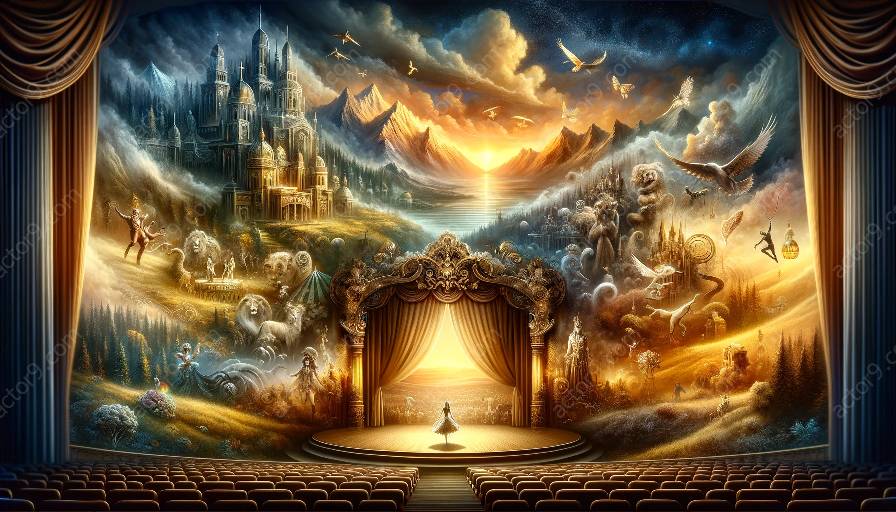Step right up and join us on an exploration of the captivating world of Circus Arts and the evolution of Amusement Parks. From the rich history of Circus Arts to the creation and development of Amusement Parks, these two intertwining topics have shaped the landscape of entertainment and leisure.
The History of Circus Arts
Circus arts have a long and storied history, dating back to ancient civilizations where performances featuring acrobatics, jugglers, and exotic animals were a central part of entertainment. However, the modern circus, as we know it, can be traced back to the late 18th century. Philip Astley, an English cavalry officer, is credited with creating the first modern circus in 1768, featuring a circular arena and a variety of acts that laid the foundation for future circus performances.
Over the years, circus arts evolved and expanded, incorporating elements such as clowning, trapeze acts, tightrope walking, and animal acts. The rise of the traveling circus, with notable names like P.T. Barnum, further popularized these spectacles, captivating audiences with their daring stunts and awe-inspiring performances.
The Circus Arts Phenomenon
The circus arts phenomenon continued to grow, becoming a global spectacle that showcased the incredible skills and talents of performers from diverse backgrounds. As technology advanced, circus acts incorporated innovative special effects, lighting, and music, adding to the overall experience of the audience.
Development of Amusement Parks
Simultaneously, the development of amusement parks took shape, offering a different avenue for entertainment. Initially, these parks featured simple attractions such as carousels and roller coasters, but over time, they expanded to include a wide array of rides, games, and theatrical shows, providing a full day of enjoyment for visitors of all ages.
The evolution of amusement parks saw them become synonymous with fun, excitement, and escapism, as they offered a break from the routines of daily life. The creation of theme parks, such as Disneyland and Universal Studios, added a new dimension to amusement parks, immersing visitors in fantasy worlds and beloved characters from popular culture.
The Intertwined Relationship
What's truly fascinating is the interconnected nature of circus arts and amusement parks. Many circus acts found a new stage within amusement parks, with performers entertaining guests with their gravity-defying stunts and captivating performances. Additionally, circus-themed sections within amusement parks provided a nod to the rich history of circus arts, allowing visitors to experience the magic of the circus in a different setting.
As both circus arts and amusement parks continued to evolve, they shaped the entertainment industry, influencing movies, literature, and even fashion. The allure of the circus and the thrills of amusement parks have inspired generations, creating memories and moments that have become an integral part of popular culture.
Impact on Entertainment and Culture
The impact of circus arts and the development of amusement parks on entertainment and culture cannot be overstated. They have brought joy and wonder to millions, fueling a sense of adventure and imagination. Their ability to transport audiences to a world of fantasy and excitement has made them enduring symbols of entertainment and delight.
As we continue to embrace the legacy of circus arts and the innovation of amusement parks, we honor the creativity, talent, and perseverance of those who have contributed to these forms of entertainment. Their legacy lives on in the smiles of children and the thrill of the crowd, ensuring that the magic of the circus and the allure of amusement parks endure for generations to come.


































